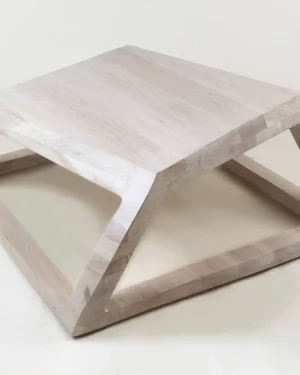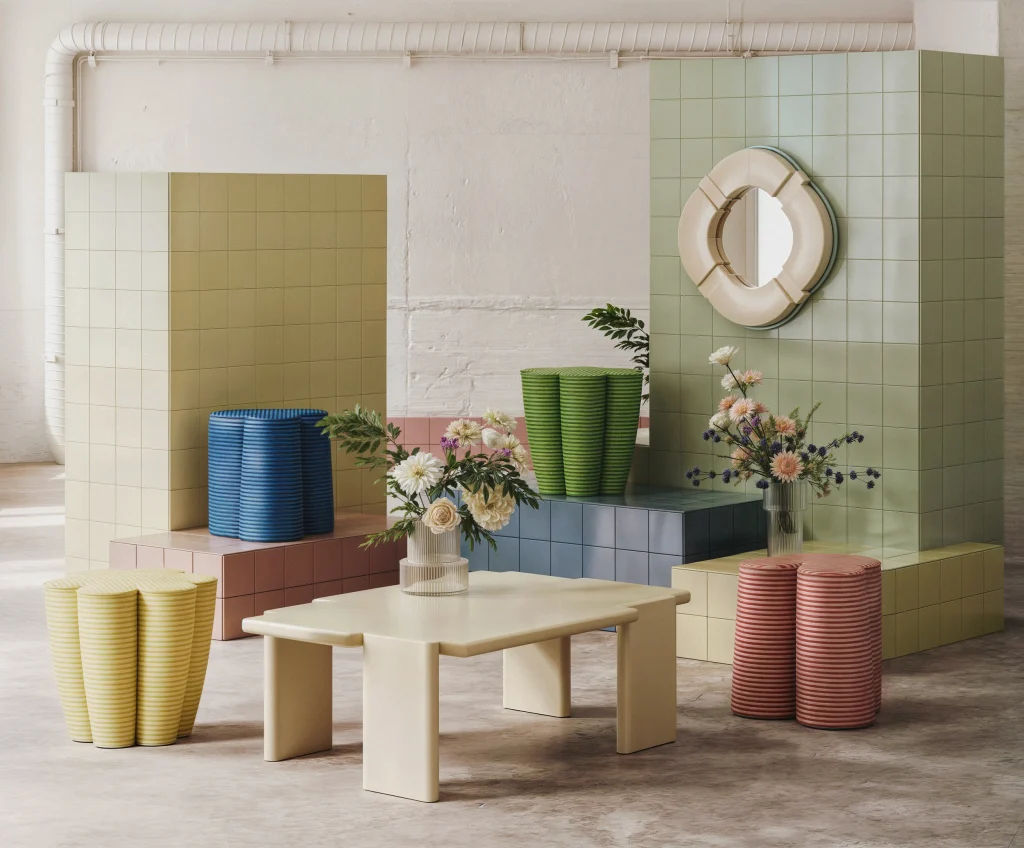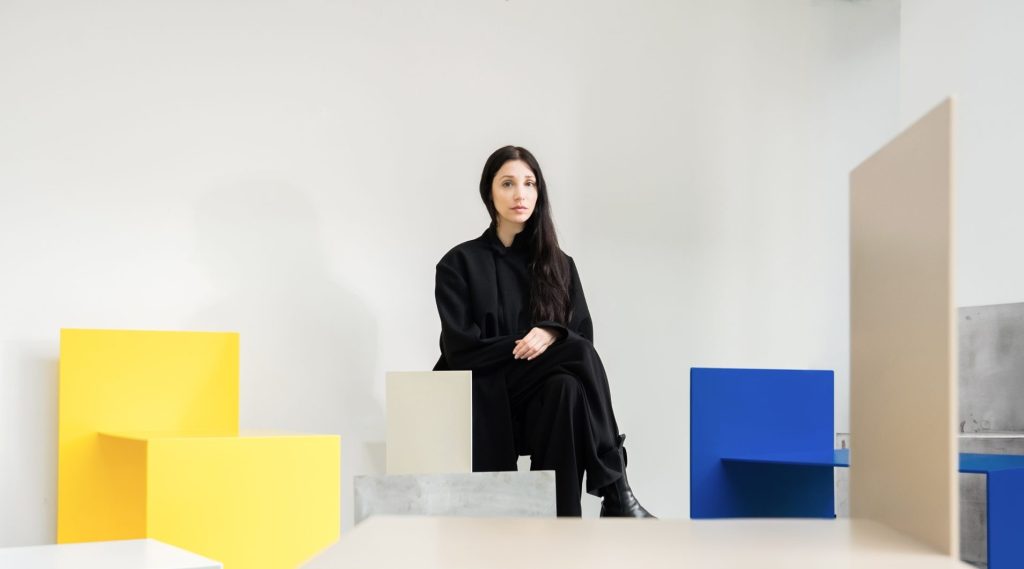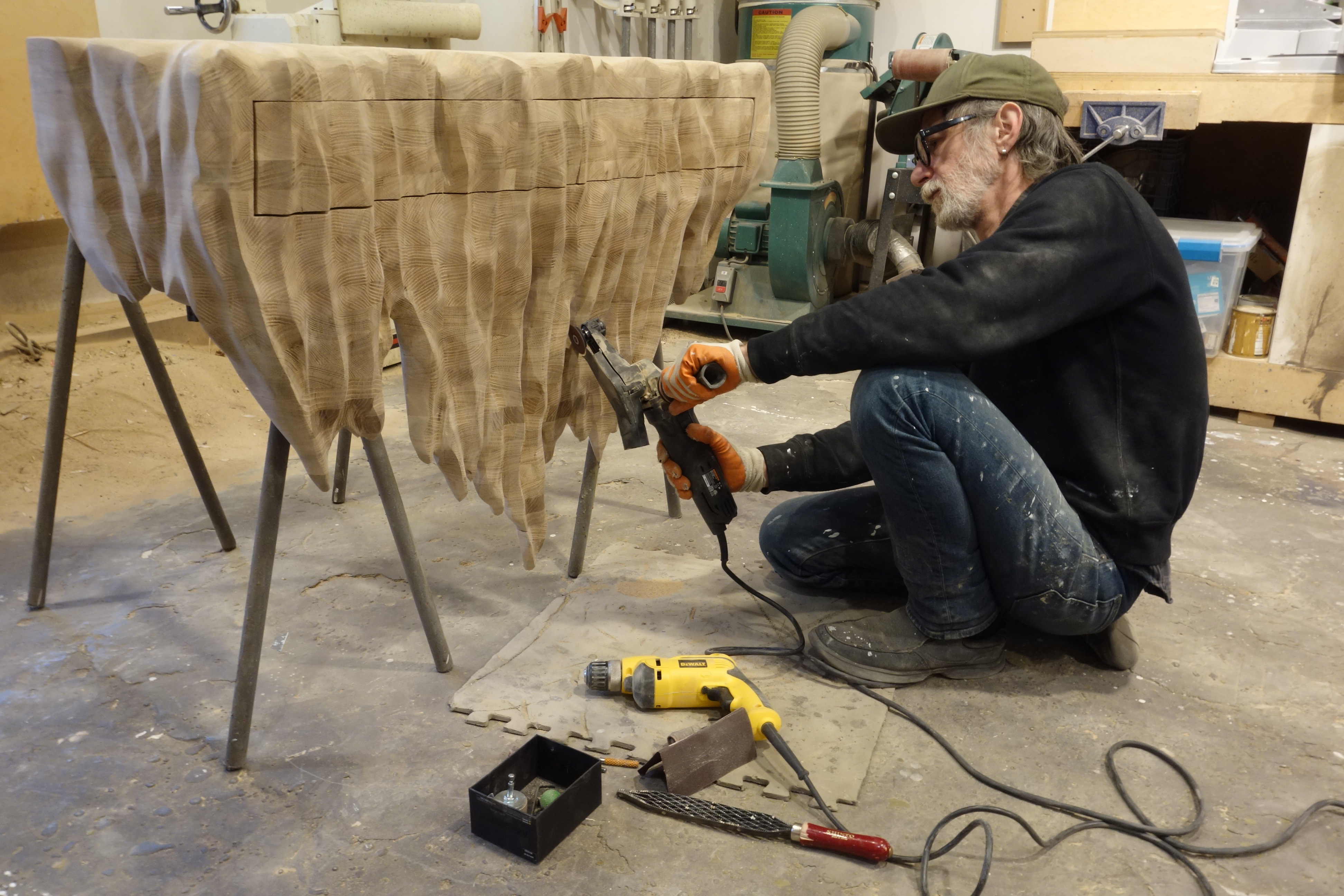
Aaron Scott: Where Forest Meets Form
Deep in the Pacific Northwest forests, a young Aaron Scott found his first design studio. The son of back-to-land hippies, he spent his childhood in a home his parents built themselves, surrounded by natural splendor and rural isolation. “The forest around our house was not only our playground, but a kind of metaphorical extension of our domestic space,” Scott recalls. “I had favorite places – a clearing next to a pond, a gnarled tree stump, a densely-wooded hillside.”
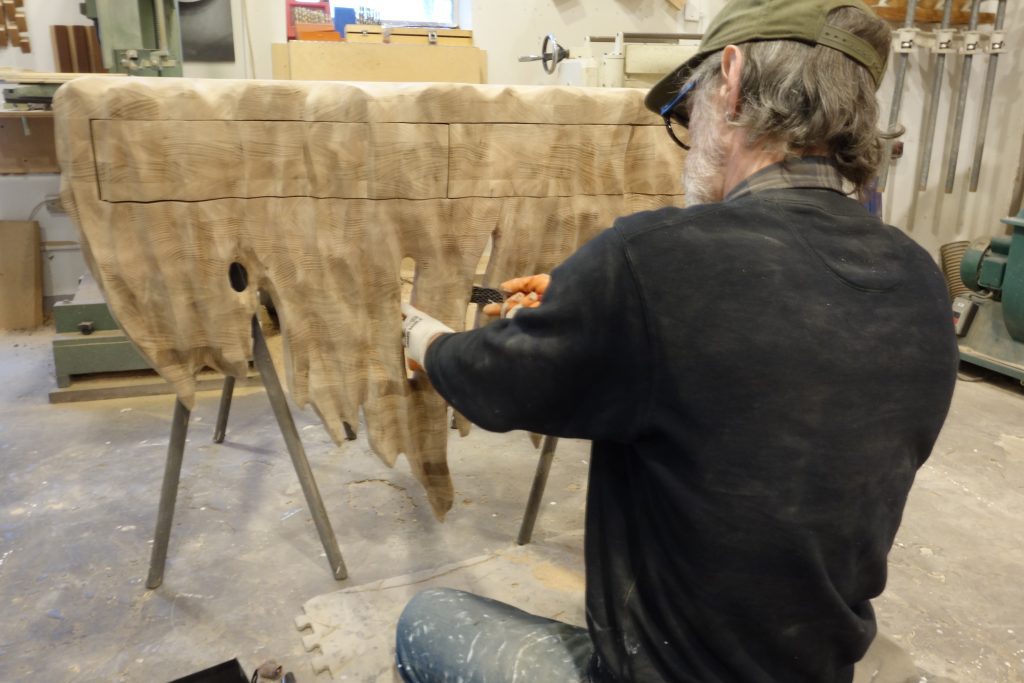

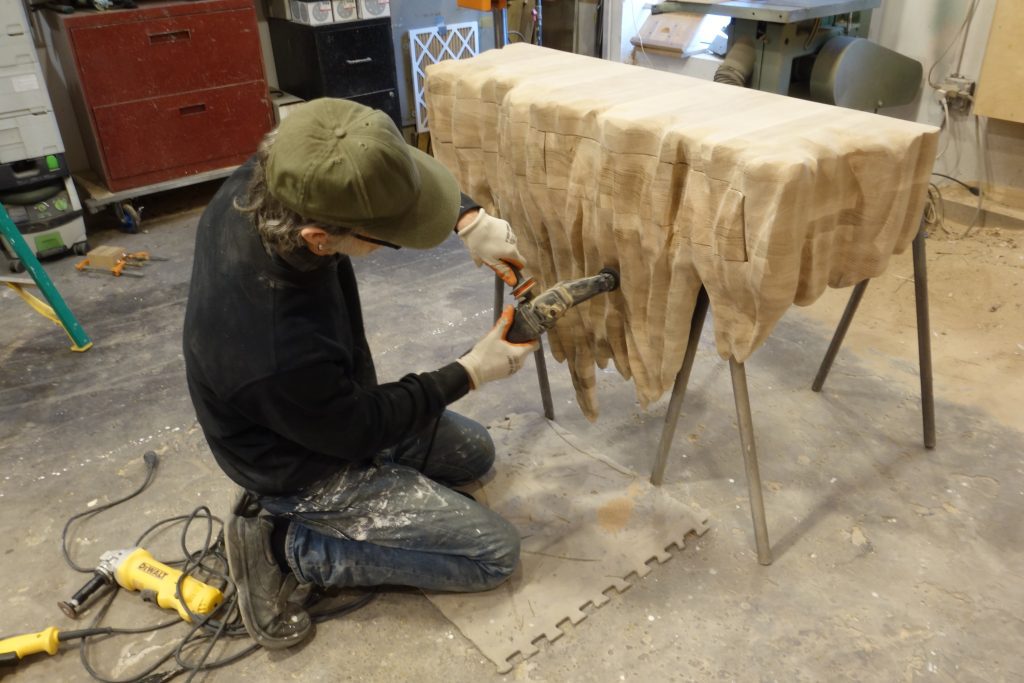

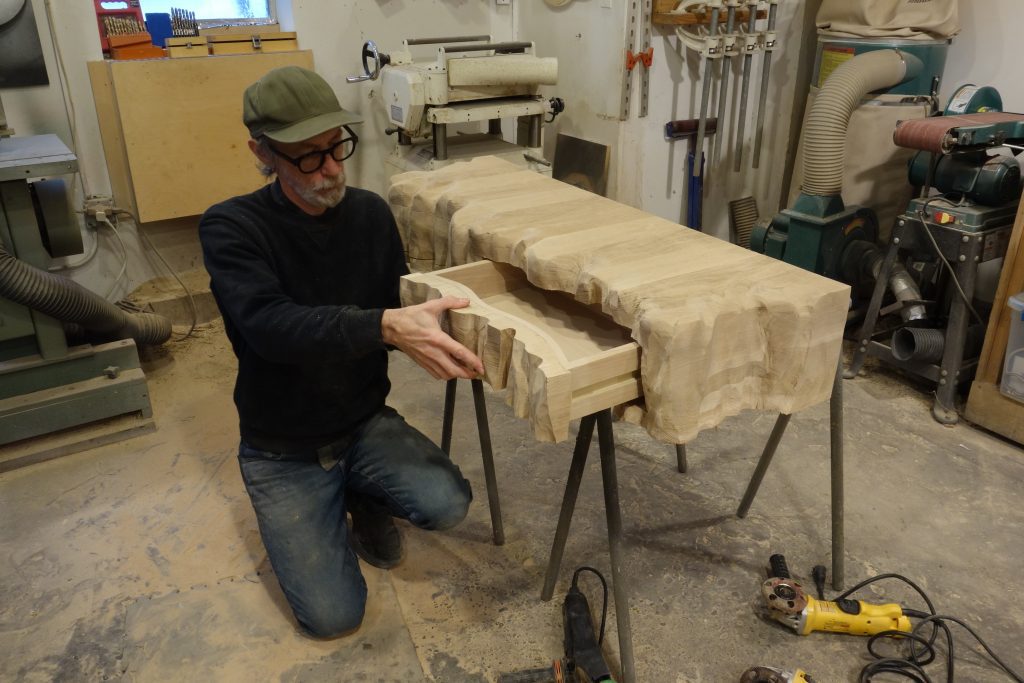

These early experiences would profoundly shape his design sensibilities. Hours spent observing the intricate lives of forest creatures led to a deep appreciation for natural architecture. “I loved to imagine what it would be like to live in a nest, and tunnel in the ground, a hollowed-out tree,” he reflects. These childhood fascinations would later find theoretical grounding through Karl von Frisch’s “Animal Architecture” and D’Arcy Thompson’s “On Growth and Form” – works that continue to influence his approach to design principles like economy of means, organic growth, efficiency, and simplicity.
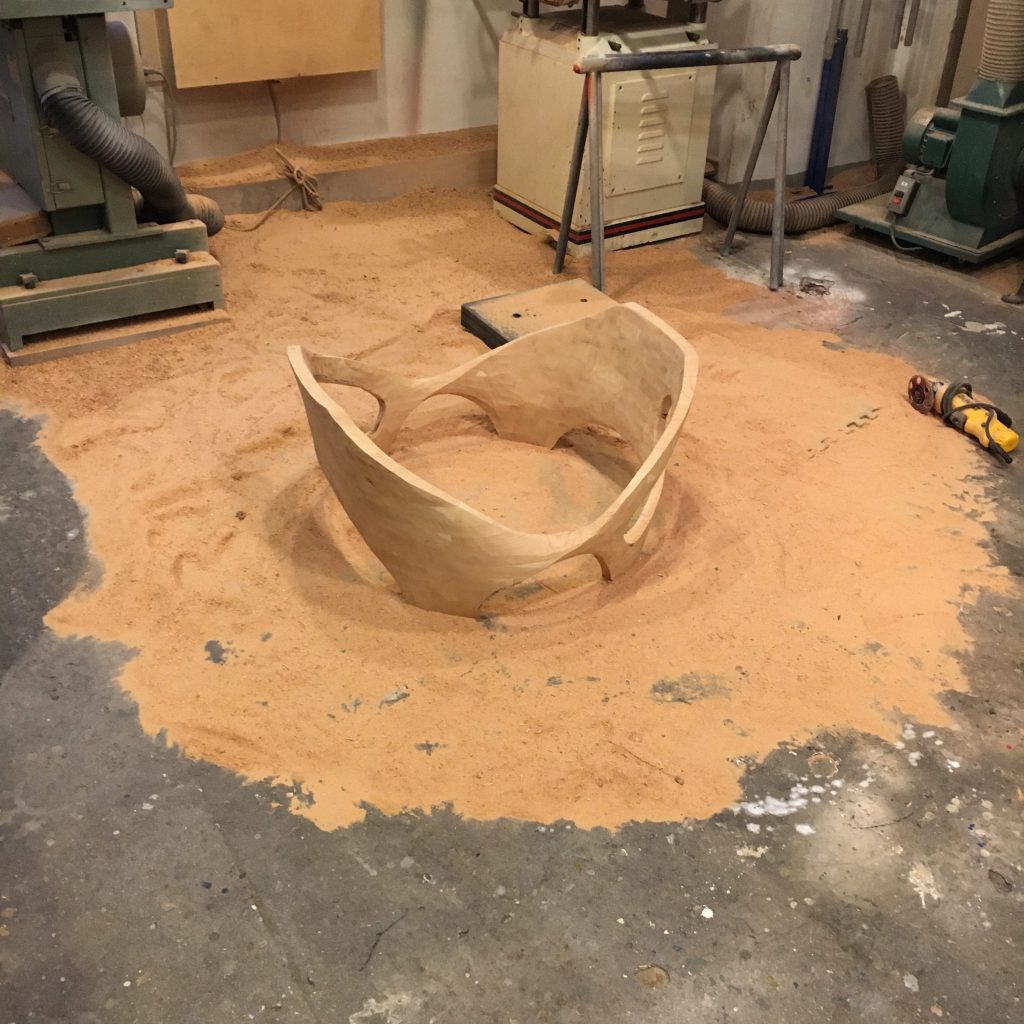





The Path to Design
Scott’s journey to furniture design took an unconventional route through philosophy, conceptual art, and filmmaking. His early relationship with furniture making was complicated by his father’s influence: “My father was a builder, and while I recognized a certain level of creativity inherent in all forms of craft, I associated his work – essentially anything involving furniture or domestic design – strictly with functionality. I was interested in art, which was by definition opposed to functionality!”
The transformation began while filming constructed sets for his artistic practice. “These sets needed to be convincing, and in order to be convincing they needed to be well-built,” he explains. “I realized that I had a set of skills I had acquired from helping my father on jobs, and I decided to hone these skills.” A pivotal moment came when he decided to build a replica of Rietveld’s famous red-blue chair. “I was so taken with the result, and the idea that something so radical in form and idea could still be so comfortable/functional, that I decided to try my hand at designing.”


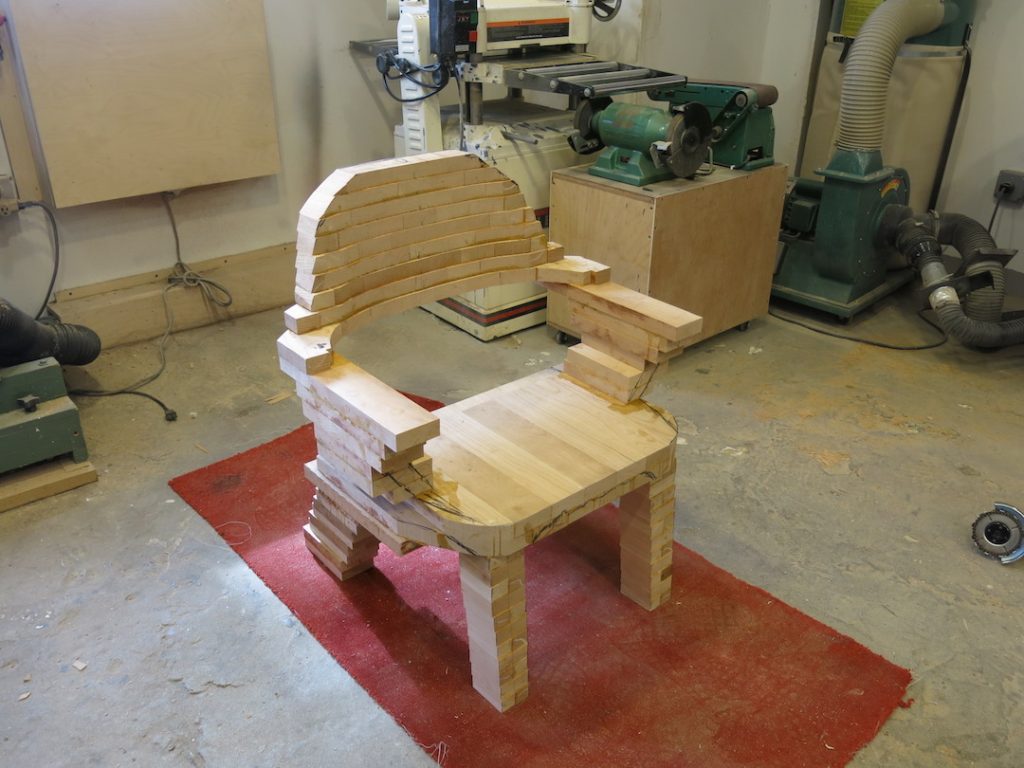

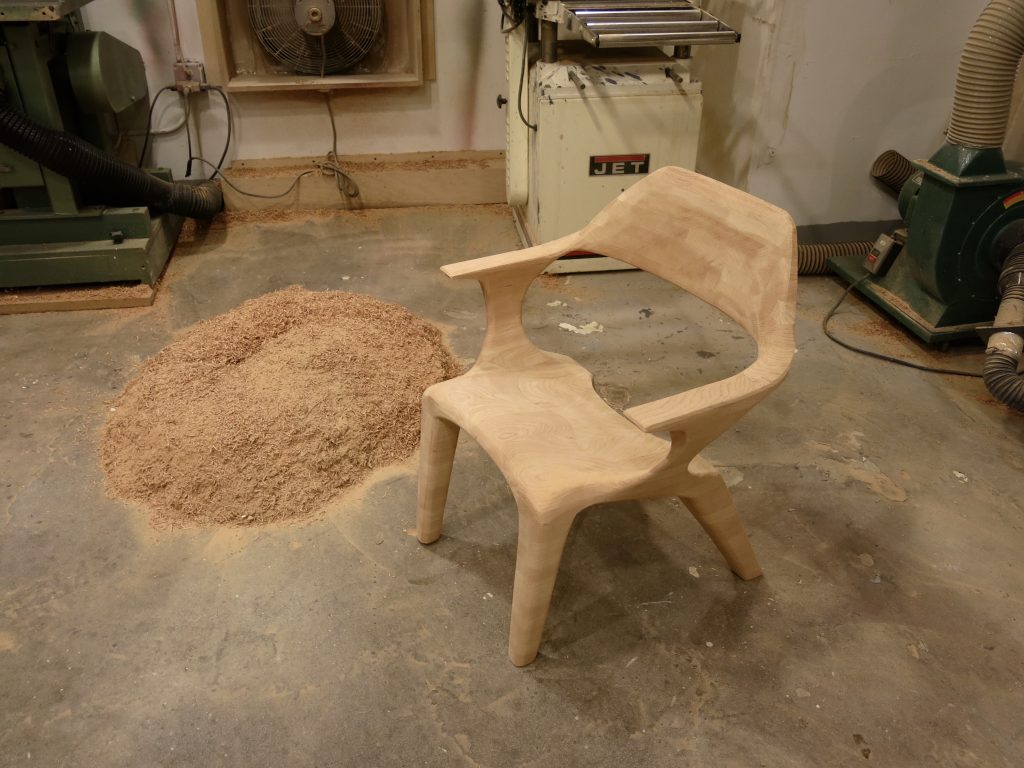

Talented Technique, Mathematical Mind
His background in analytic philosophy brings a unique rigor to his design process. “When I begin to imagine a new piece I often end up arguing with myself over how it should be, and these arguments tend to follow the internal logic dictated by the initial concept of the piece,” Scott explains. This philosophical approach manifests in his use of mathematical concepts and rotational symmetry.
“Mathematical concepts have been important to me in developing my body of work in a number of ways,” he notes. “All design, and especially woodworking, inevitably deals with numbers. Measurement, proportion, ratios, scales – numerical relationships are present in almost all stages of woodworking, from milling wood to calculating curves, angles, and joints.”


Working primarily in stacked lamination, Scott creates pieces that challenge viewers’ perceptions. The technique, which he first encountered in the work of British sculptor Tony Cragg, allows him to break free from rectilinear constraints. “The technique relies on the careful laying-out of alternating grain patterns on parallel pieces of wood,” he explains. “These layers, which begin to take on a stair-like or topographical form, are then sculpted with handheld power tools to obtain the final, smooth surface.”
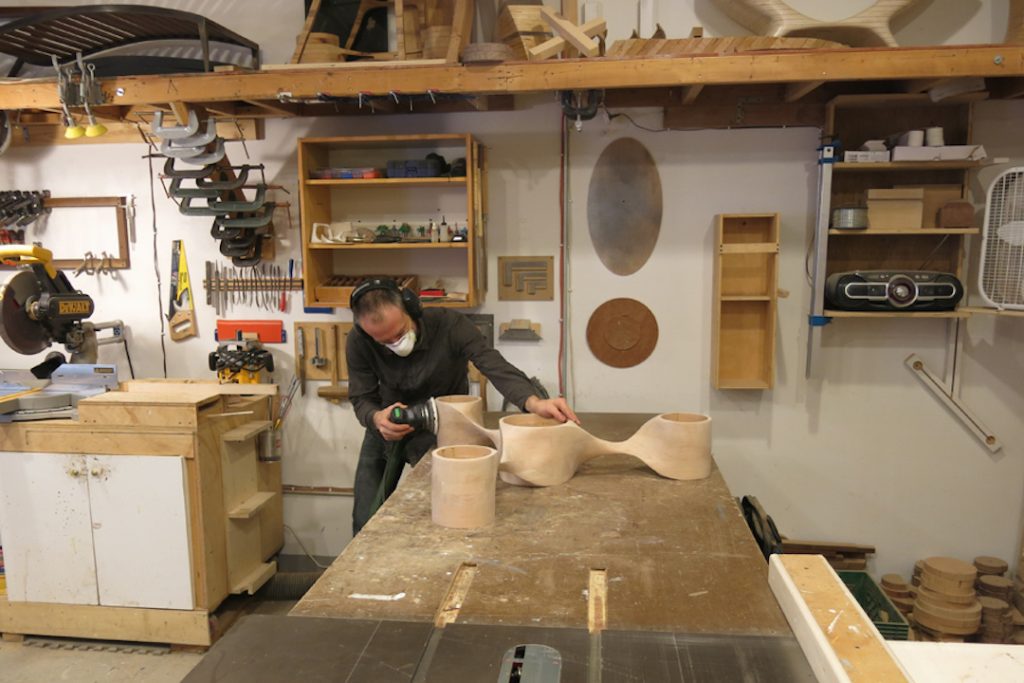



Urban Influence
New York City has profoundly shaped Scott’s design sensibility since his move there in 1998. “NYC design contains multitudes,” he observes. “You can find specialists in obscure antiques butting up against proponents of cutting-edge contemporary design; brutalist masterpieces next to meticulously-restored, roman revival townhouses.” Through friends and connections, he discovered architects like Gio Ponti, Franco Albini, Carlo Mollino, and Carlo Scarpa, who demonstrated that “design, while primarily concerned with the aesthetic, could also contain ideas.”








Contemporary Practice
Scott’s practice now spans intimate commissions to gallery pieces, each presenting unique challenges and opportunities. “Sometimes generating rules creates freedom,” he reflects. “This is something that I like about being an artist who designs furniture – the limits imposed by functionality give me a lot of room to explore and experiment with form.”
His LXV series, developed during a Paris residency in 2019, exemplifies this approach. The series emerged from studying Louis XV period furniture, finding ways its “abundant use of natural forms, complex curves and eccentric volumes” could resonate with his contemporary practice.
Today, pieces like his latest Erode console break free from references of the past and look toward a more organic and free idiom. The cerused white oak is carved with ripples, almost resembling a rock that has been eroded by running water over decades.
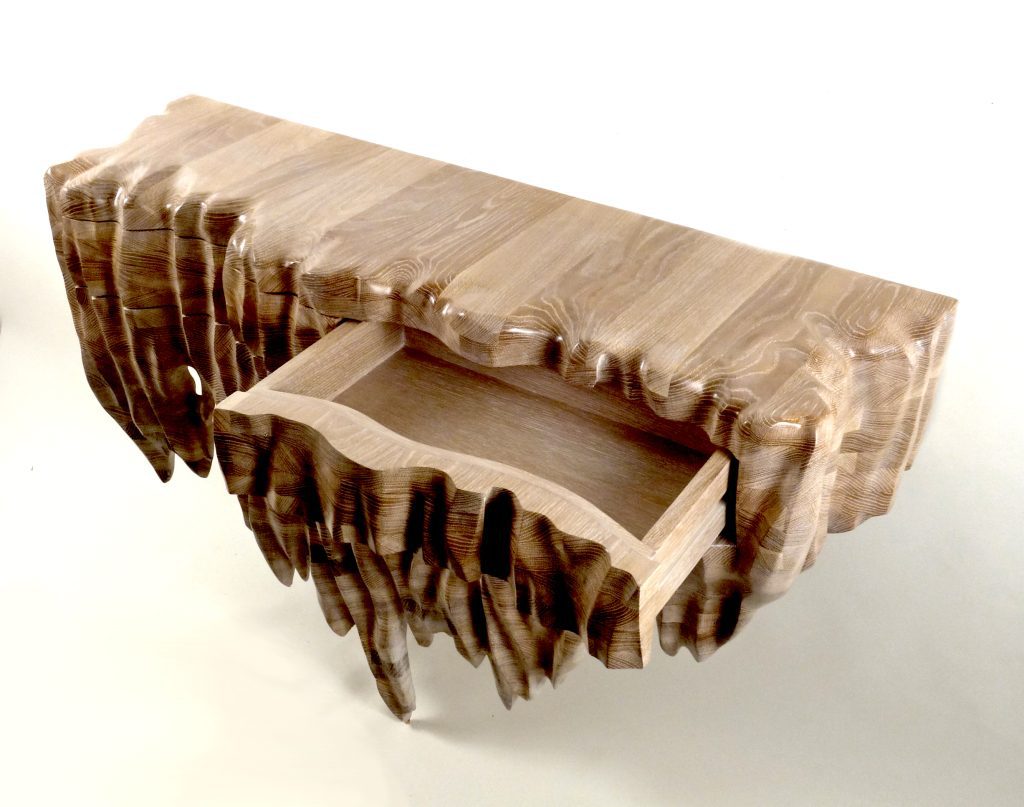

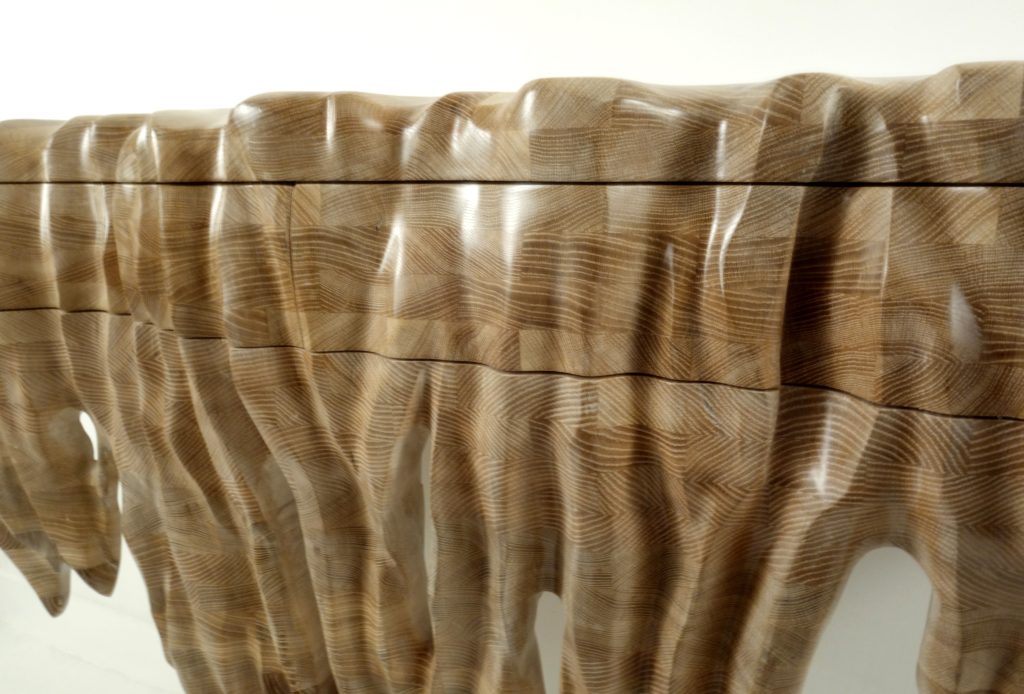

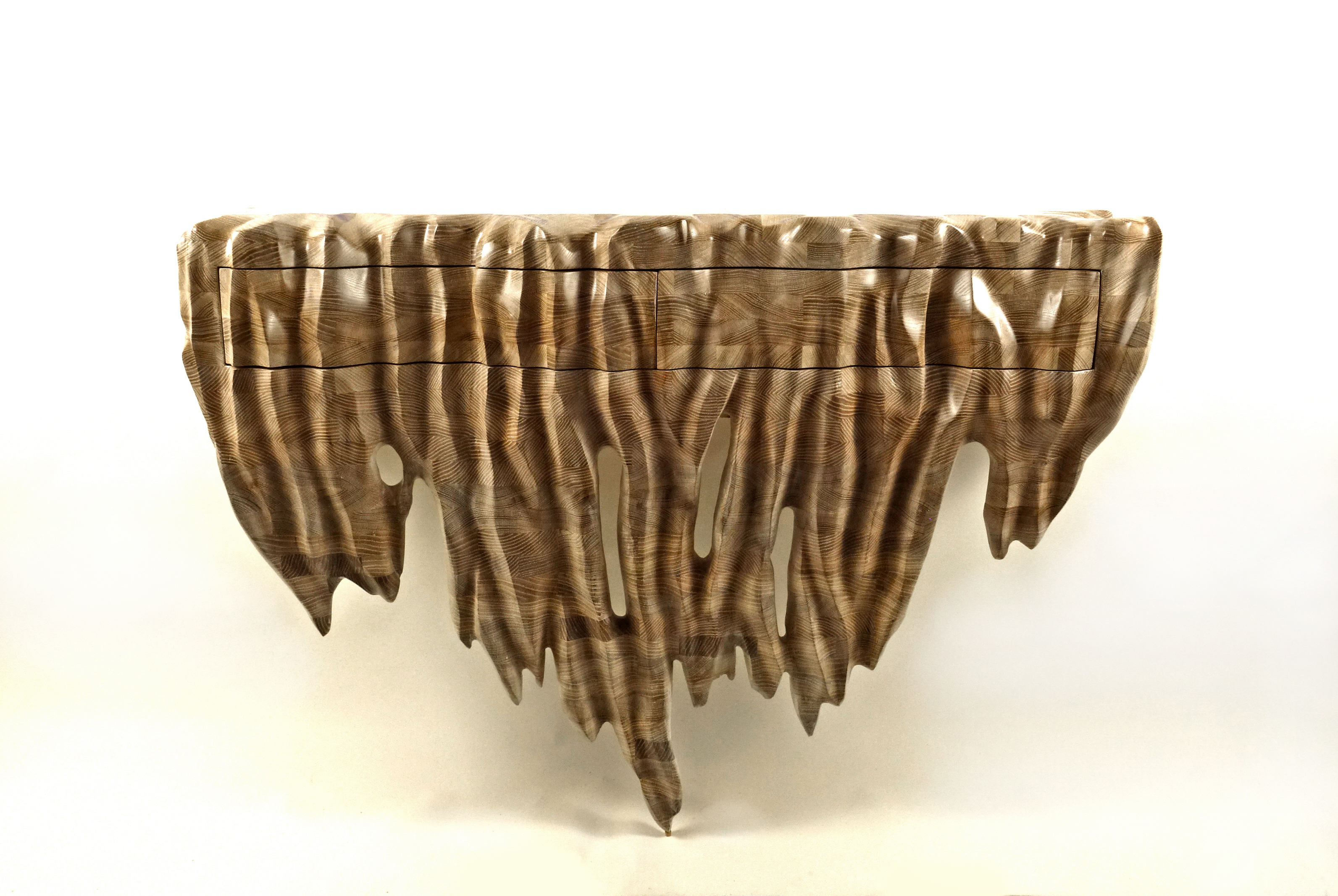

Design Philosophy
“My hope is that viewers of my work respond to my pieces with curiosity and maybe even confusion,” Scott states. His work remains deeply rooted in the natural world while embracing mathematical precision. Each piece harbors hidden complexities and strange details, rewarding close observation. It’s this dialogue between past and present, nature and mathematics, function and form that defines Aaron Scott’s unique contribution to contemporary design.
His success lies in the ability to work within constraints while pushing boundaries. “As much as my design work is about freedom and experimentation, I’m also interested in constraints – this is what makes design challenging in ways that painting or sculpture may not be: there is a use, a context, a client – an end goal that exists outside the work itself.”
Discover Available Works by Aaron Scott
-

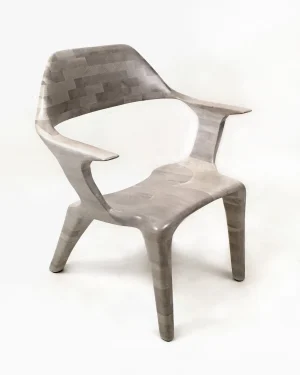
D2 Lounge Chair In Bleached Cherry
€4.320 -

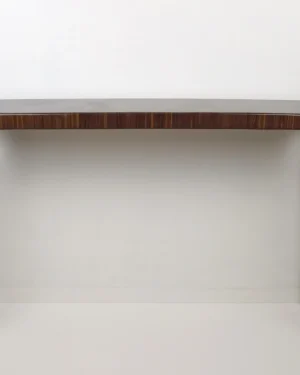
Endgrain Walnut Console
€5.400 -

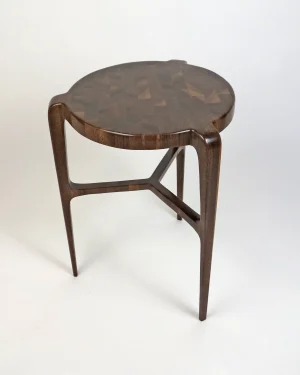 In stock
In stockEndgrain Walnut Side Table
€3.400 -

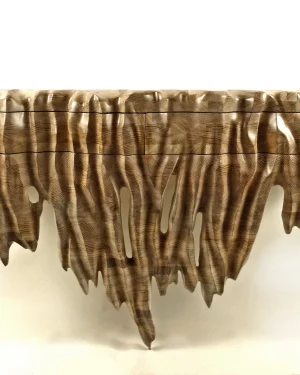 In stock
In stockErode Console – Cerused White Oak
€8.650 -

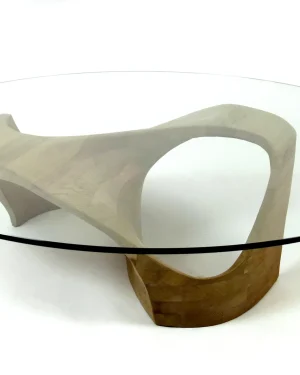
Loch – Cedar & Glass Coffee Table
€5.600 -

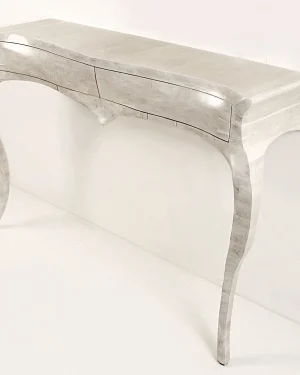
Lxv – Console In Bleached Cherry
€7.450 -

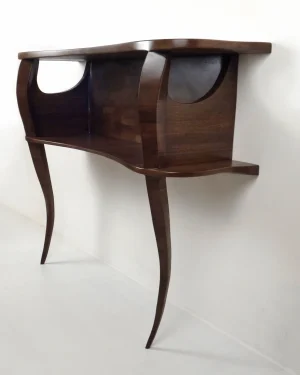
Lxv – Walnut Wall Shelf
€5.800 -

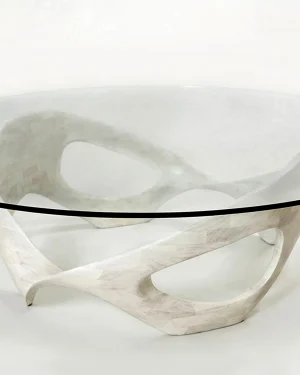
N2 – Cherry Wood & Glass Coffee Table
€7.600 -

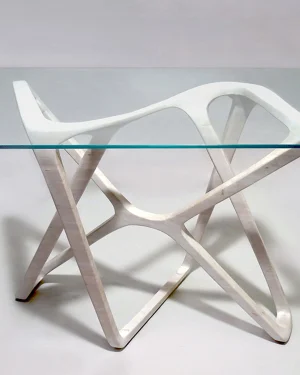
N2 – Cherry Wood & Glass Writing Desk
€8.680 -

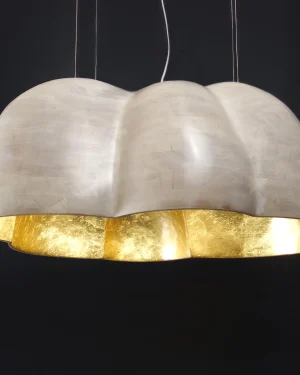 In stock
In stockN2 – Cherry Wood & Gold Leaf Cloud Chandelier
€10.300 -

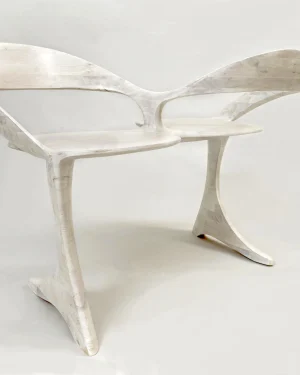
N2 – Cherry Wood Loveseat
€8.400 -

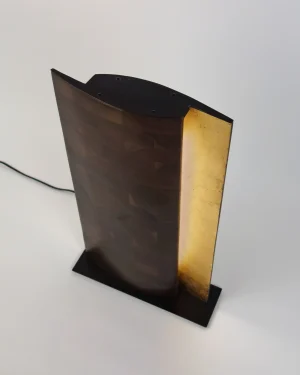 In stock
In stockN2 – Panel Table Lamp
€1.200 -

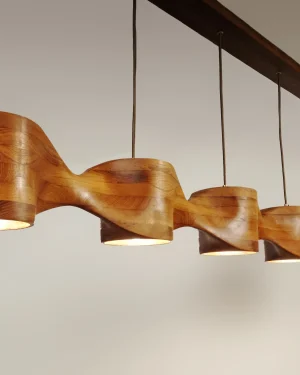 In stock
In stockN2-5 – Teak Pendant Lamp
€9.650 -

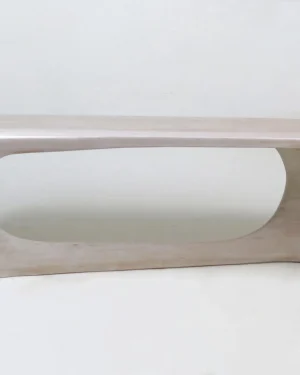
N2v – Cherry Wood Bench
€5.400 -

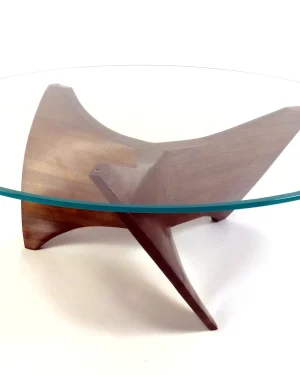
N3 – Walnut Wood & Glass Coffee Table
€4.400 -

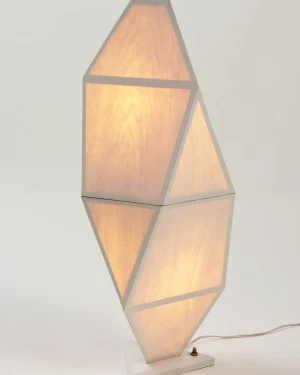
Ss1 – Cherry Wood / Acrylic Table Lamp
€2.650
